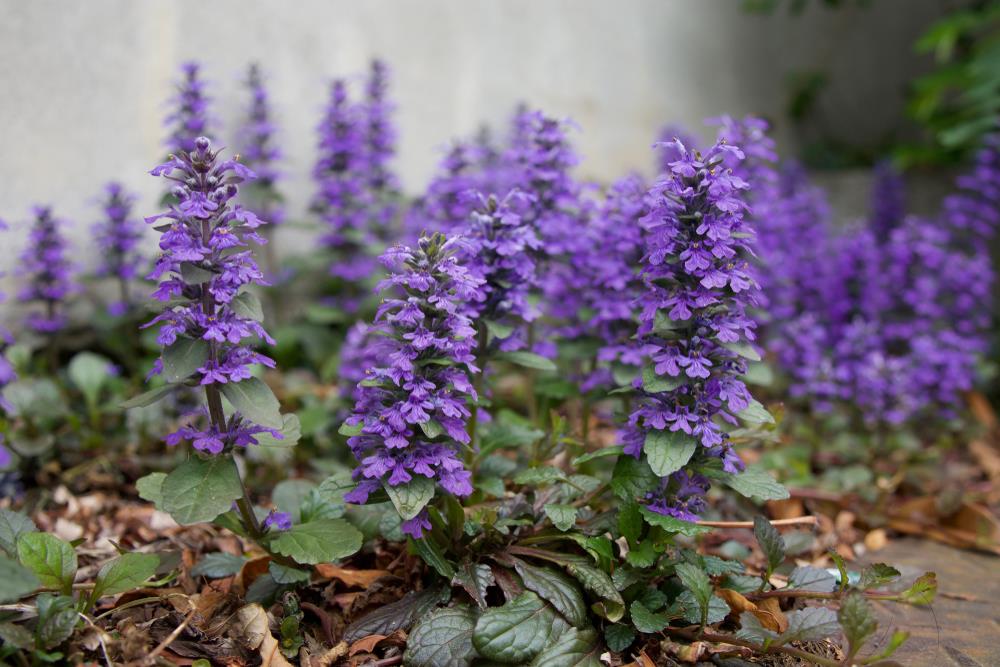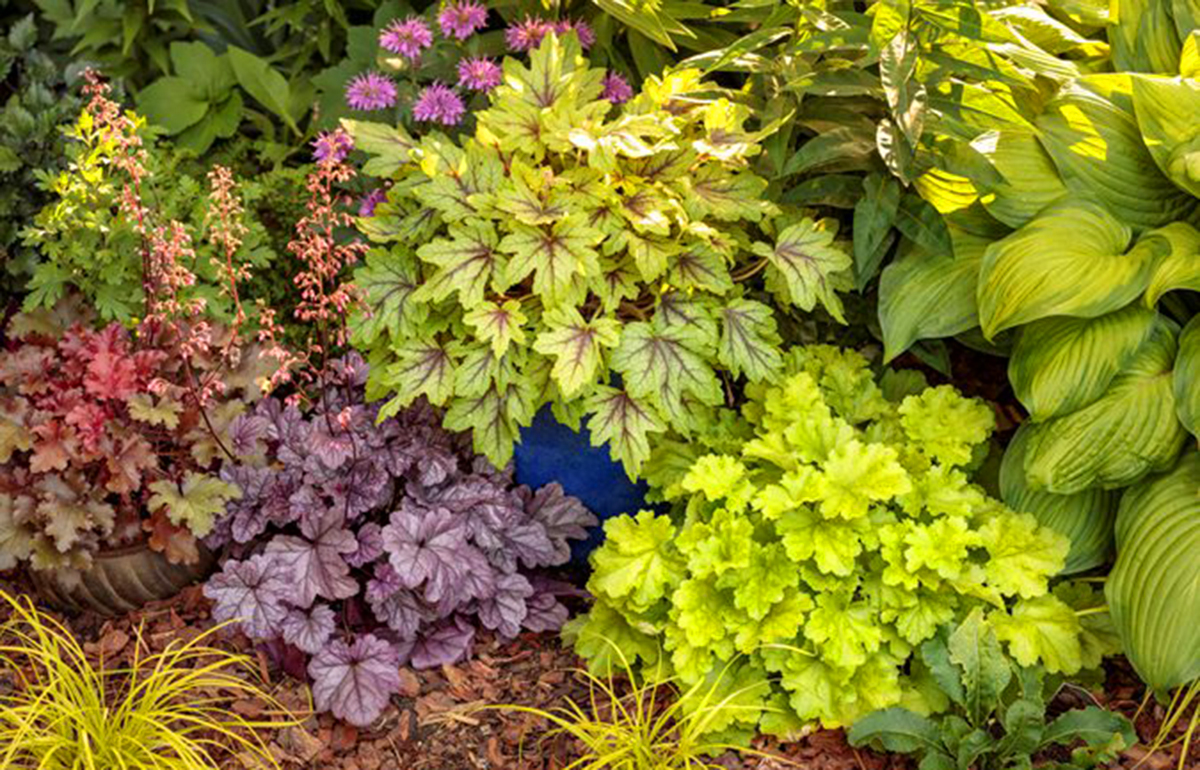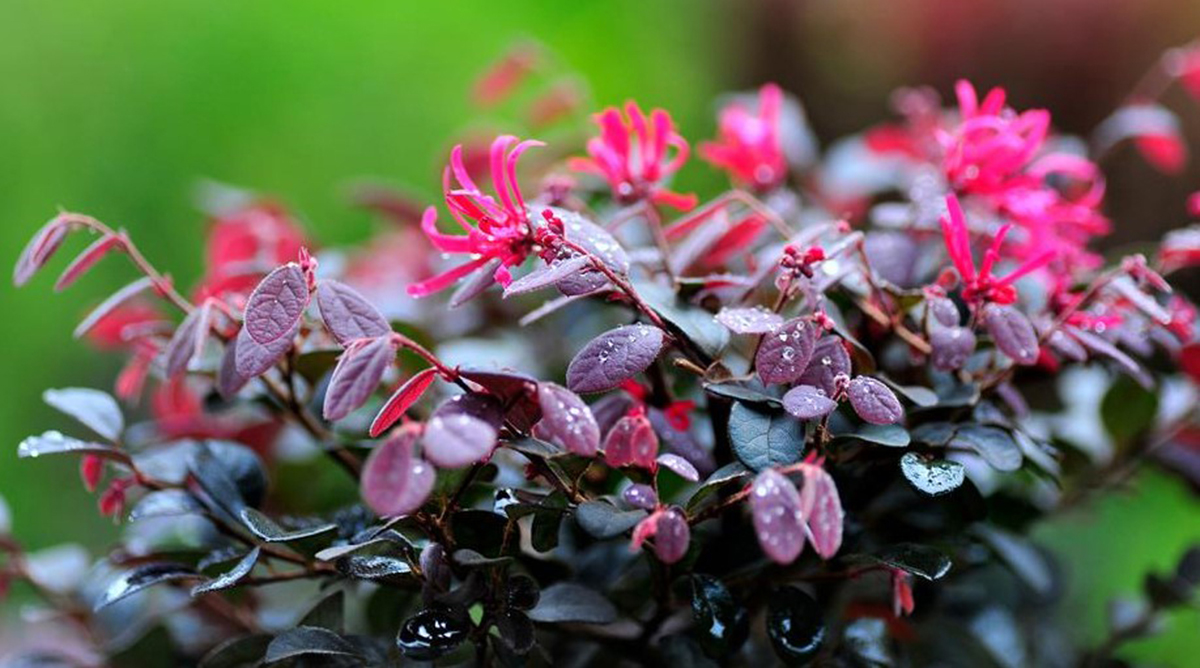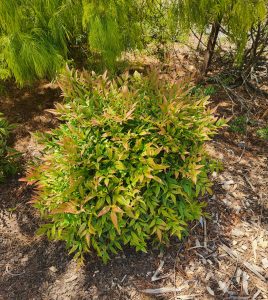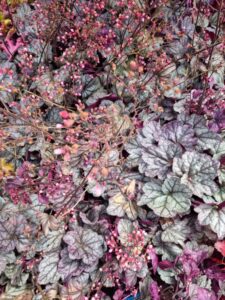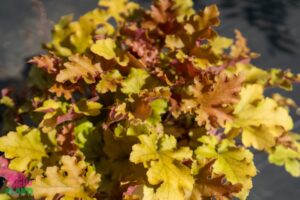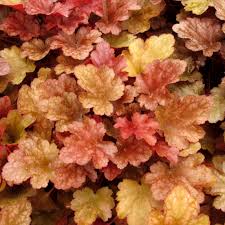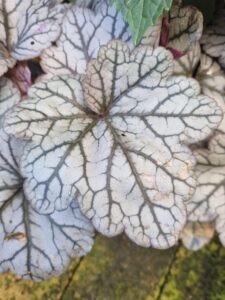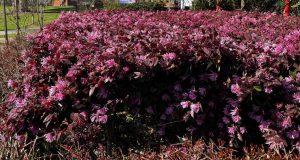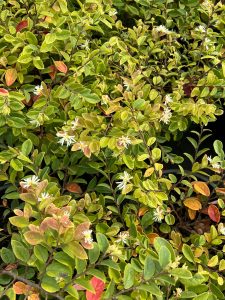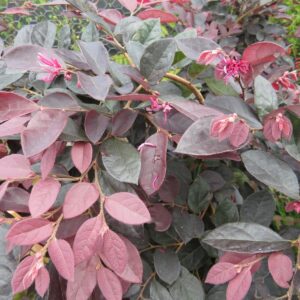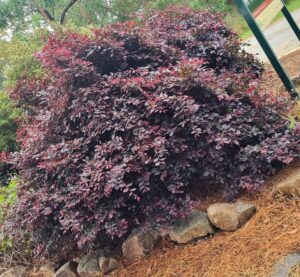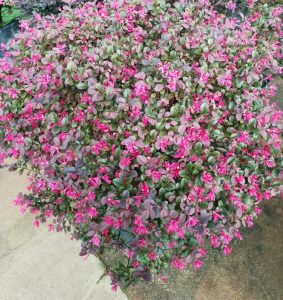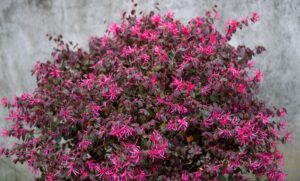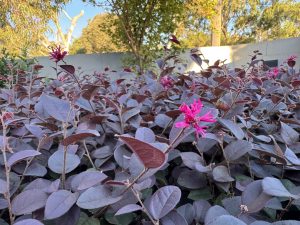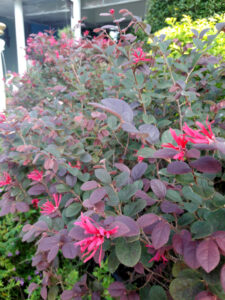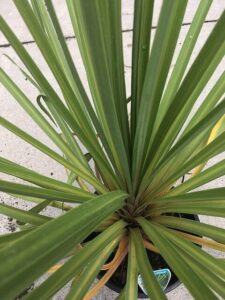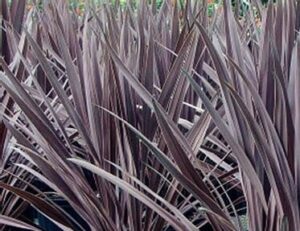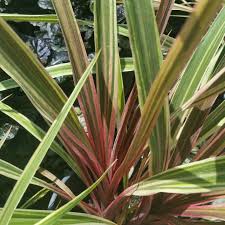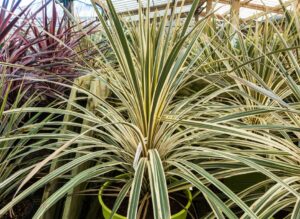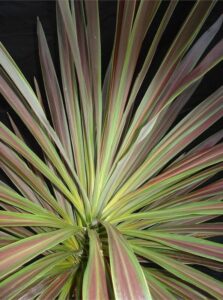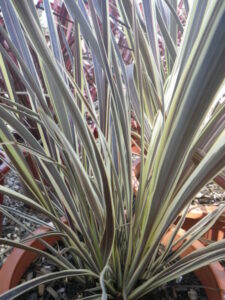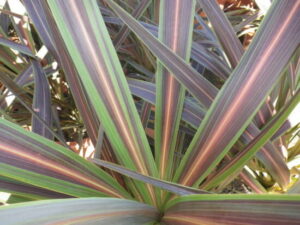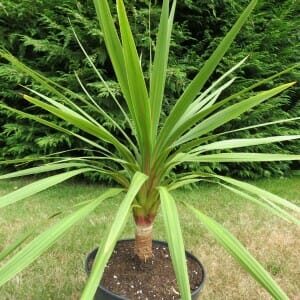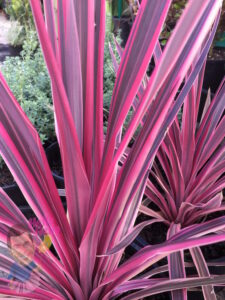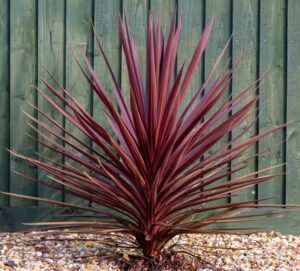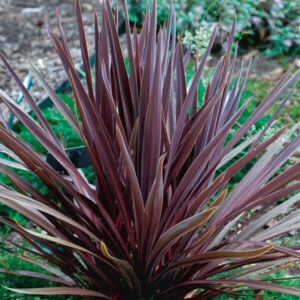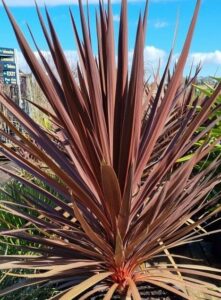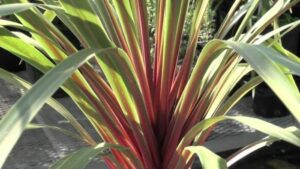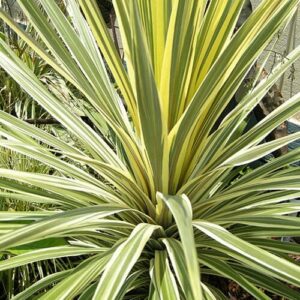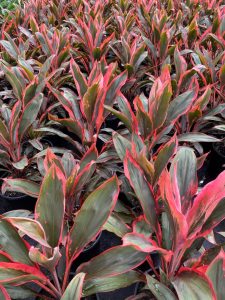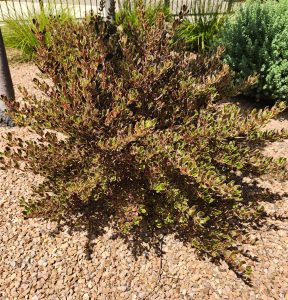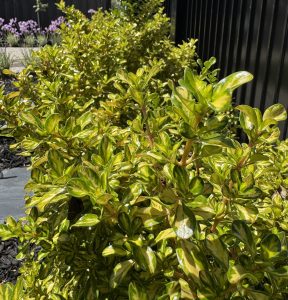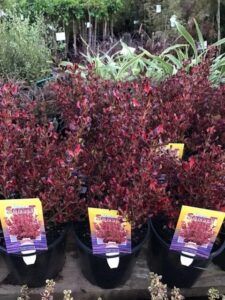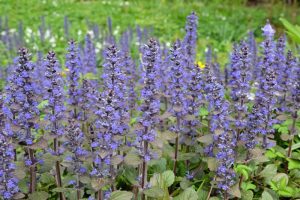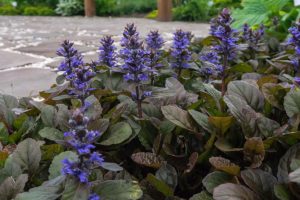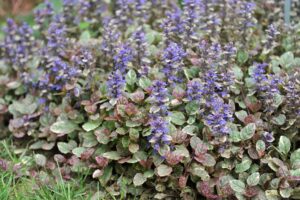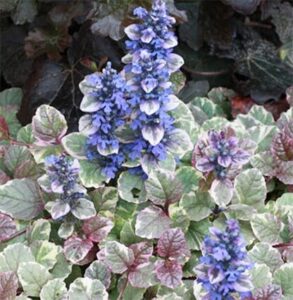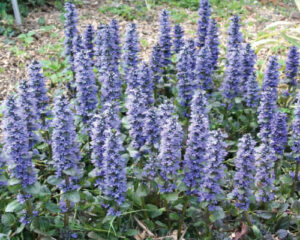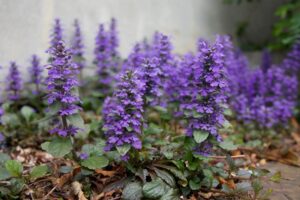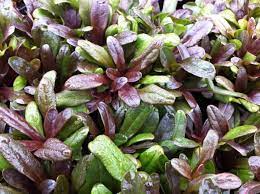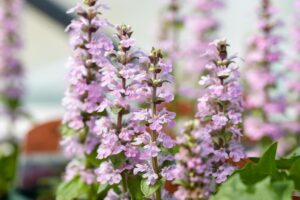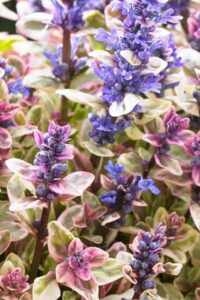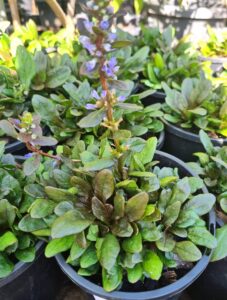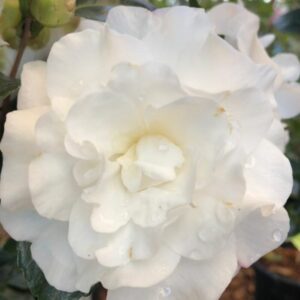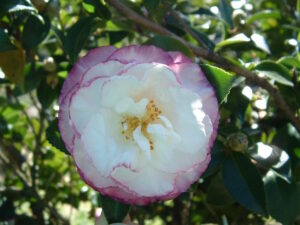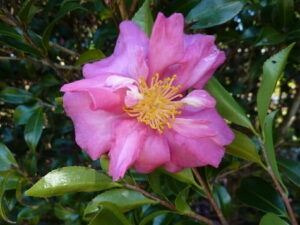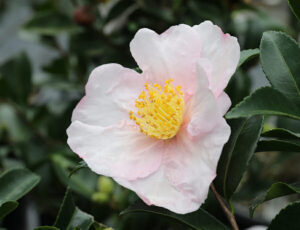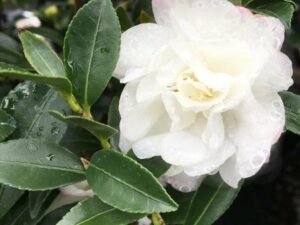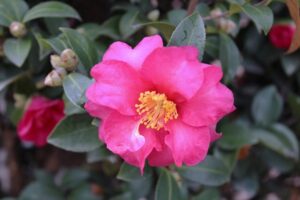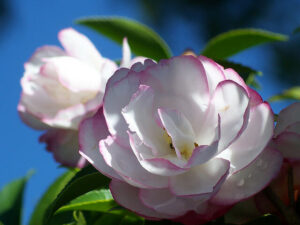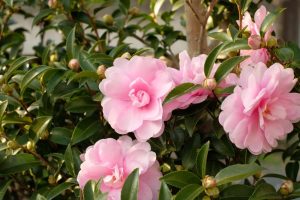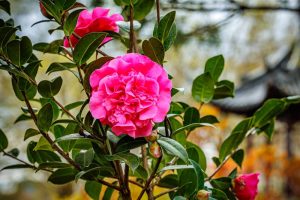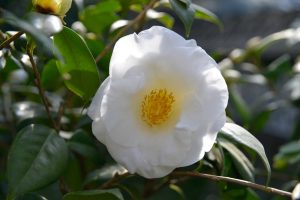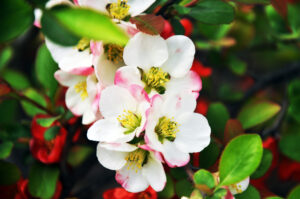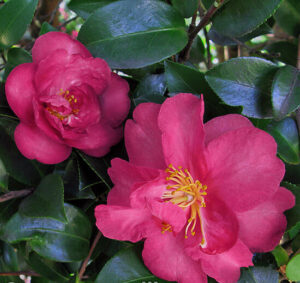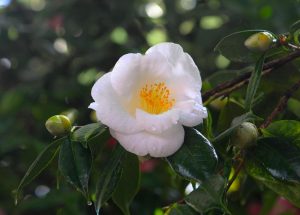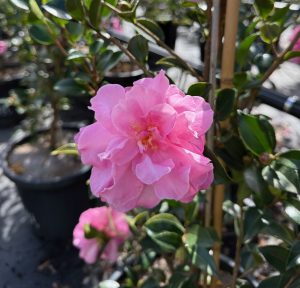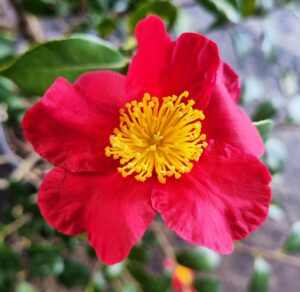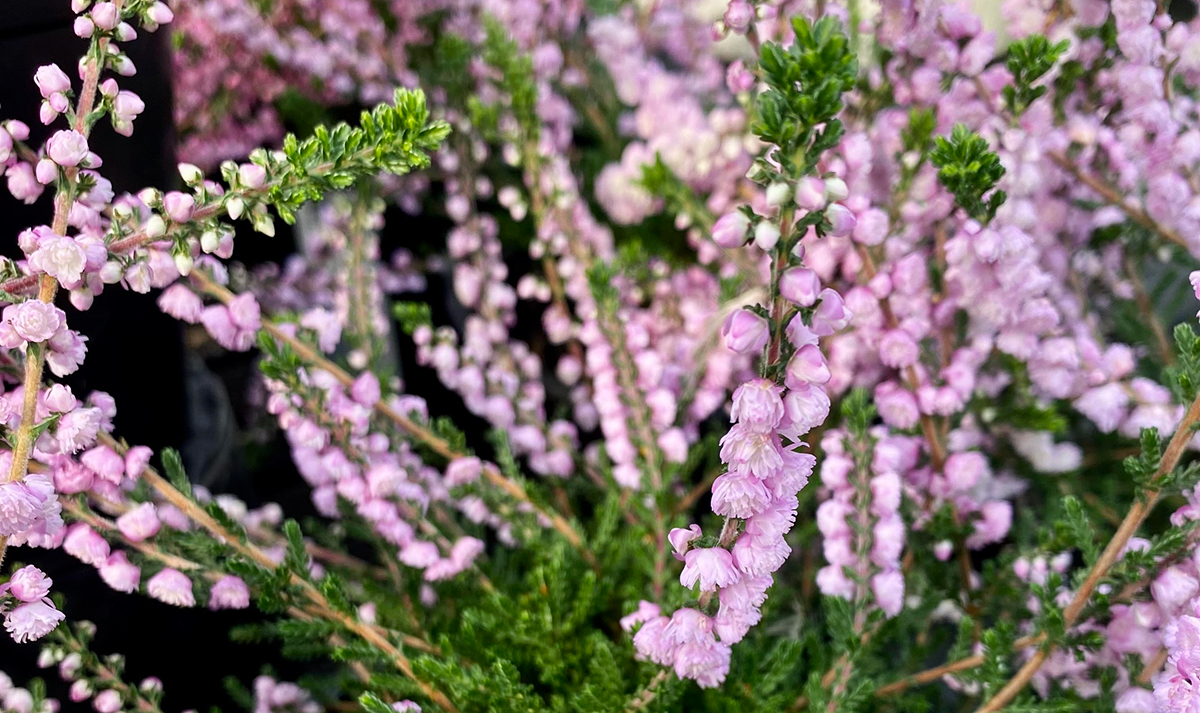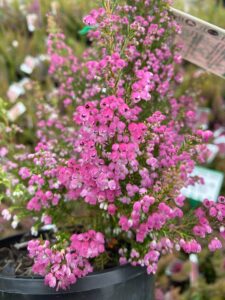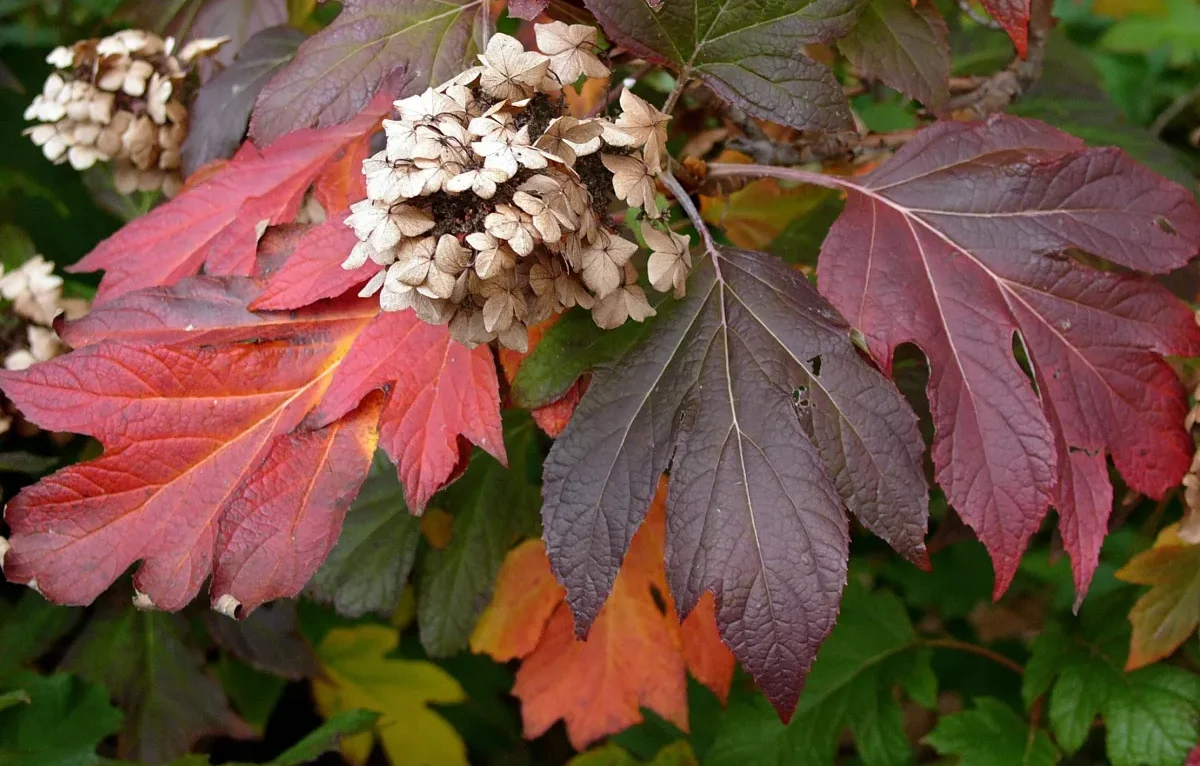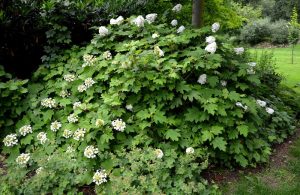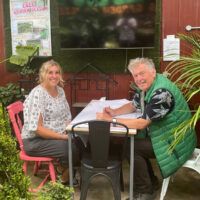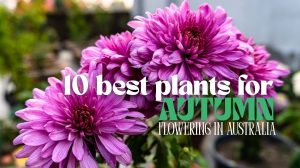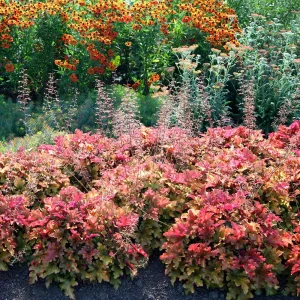 In this article we will cover:
In this article we will cover:
- Your Current Garden Check Up
- Have an Holistic Approach to Gardening
- Plants that are Colourful in the Winter
Now the first part of winter is the most difficult. Many plants have stopped flowering such as summer Perennials, Roses and Magnolias. Deciduous trees have lost their leaves, and their bare branches can be quite a stark sight.
Late winter you’ll see things start to pick up again, plants like your Quince, Plum, Magnolia or Peaches will start flowering. The further you move along, the more exciting gardens get.
But we’re here to talk about how to get your garden looking incredible ALL winter.
Your Current Garden Check Up
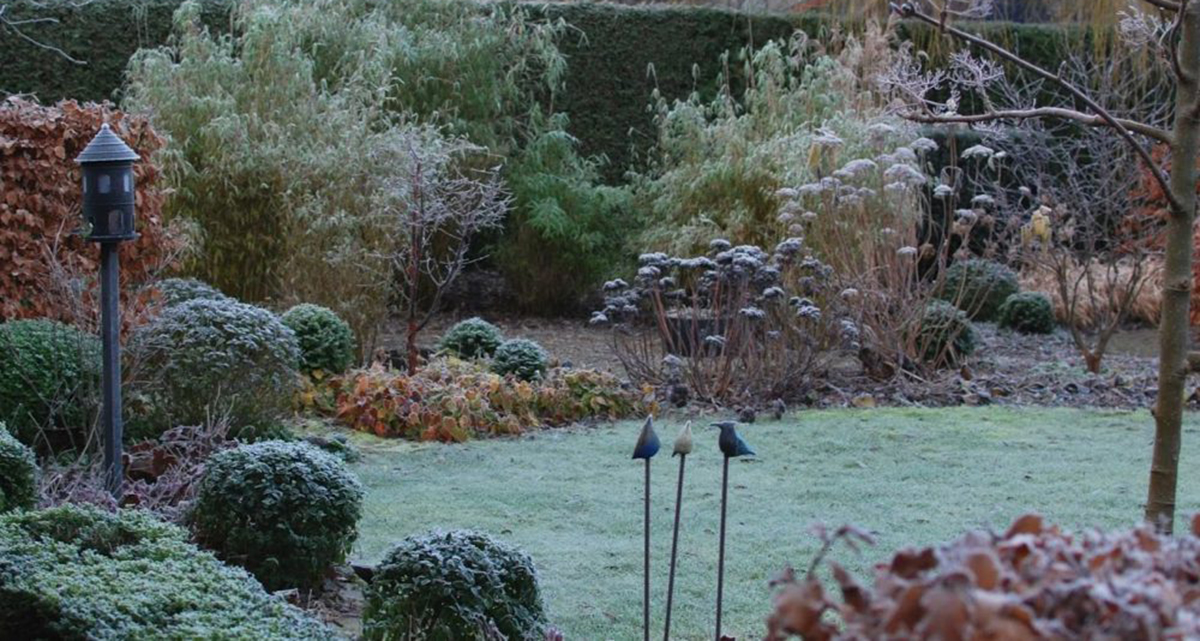
First things first, let’s run some diagnostics on your current garden.
Can you find any spots of colour or lushness? Is anything still flowering? Are your trees deciduous or evergreen?
Now don’t freak out if you step outside and see a barren landscape. Even Chris, our master horticulturist, didn’t always have a perfect garden as he explains here:

“I remember when I built my first home, and I carefully chose all my plants. This would be my first ever garden I was designing myself. I was nowhere near as experienced as I am now, but I still had a good sense of gardening.
“I loved deciduous trees, especially maples. So I planted pretty much just deciduous trees, and all kinds of different perennials. It was late spring, and I had the most beautiful garden all through spring and summer.”
Then winter came. The perennials shrivelled up and lost their flowers. The maples all dropped their leaves. Suddenly I had the saddest, most barren looking garden you’ve ever seen. But I learned a lesson from that, and that lesson was balance.
But how do you create balance in your garden?
Having an Holistic Approach to Gardening
What everybody wants is a garden that is going to look great all year. Not just in the spring. Not just in the winter.
All year.
But that means being clever with your selection of plants, and for most of us with no horticulture background, it can be incredibly difficult. But this is why we are writing this article today and why we offer services like the free Garden Design with Chris and here’s what he says about them:
“I’m very careful in my garden designs. When someone comes in with a list of plants they want and they’re all deciduous, I make them aware of the problems they could have in wintertime.
I would never tell someone what they can and cannot plant. But I suggest bringing in some more evergreens. For example, they could have all their favourite deciduous trees, but plant some larger evergreen shrubs.”
Let’s take this lesson and apply it your own garden:
PLANT A HEALTHY MIX OF EVERGREENS AND DECIDUOUS
Having evergreens in your garden will help eliminate that bleakness. Consider Magnolias, Camellias, Pittosporums, Olive Trees, the list goes on. Browse our entire category of evergreen trees here. Also don’t forget about other evergreens like Shrubs or Grasses.
USE INTERESTING DECIDUOUS TREES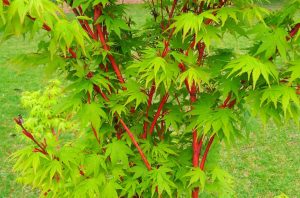 Not all deciduous trees look terrible as soon as they drop their leaves. For some, their beauty actually increases. Consider the popular Senkaki Japanese Maple. The trunk and branches are a bright, bold red. It practically looks more sculpture than tree. But this isn’t the only tree with interesting bark. There’s the classic Silver Birches with their lovely white and speckled black trunk. If you want to be adventurous, look at trees such as Acer ‘Winter Gold’ Japanese Maple and Betula ‘Wades Golden’ Birch, that have yellow/gold coloured bark.
Not all deciduous trees look terrible as soon as they drop their leaves. For some, their beauty actually increases. Consider the popular Senkaki Japanese Maple. The trunk and branches are a bright, bold red. It practically looks more sculpture than tree. But this isn’t the only tree with interesting bark. There’s the classic Silver Birches with their lovely white and speckled black trunk. If you want to be adventurous, look at trees such as Acer ‘Winter Gold’ Japanese Maple and Betula ‘Wades Golden’ Birch, that have yellow/gold coloured bark.
BE TACTICAL WITH TYPES OF SPECIES
We’re going to use the example of Lavenders to explain this, but you can apply this to a lot of flowering plants. By being clever with what type of Lavender you plant, you can have your Lavenders flowering 365 days of the year. A good plan of attack would look like this:
Deep Purple for the winter. Avonview for spring into early summer. Hidcote for the full summer. French Lavender for autumn. Then back to the start with Deep Purple.
Plants that are Colourful in the Winter
There’s two ways a plant can give you colour – foliage or flowers. Both have their advantages. Plants with colourful foliage give you colour all year round. Flowering plants give you extra interest and excitement. We’re going to first talk about foliage.
With fiery red foliage and an economical price, Moon Bay is an excellent way to keep those winter blues away. We’re not going to get into them too much here, as we have an article coming out soon about Adding Warmth to Your Winter Garden Using Nandinas. But they’re a very versatile plant that is incredibly low maintenance – so many commercial gardens chuck them in and never think about them again.
-
Nandina ‘Moon Bay’ 8″ Pot
0 out of 5 0$24.99Original price was: $24.99.$19.99Current price is: $19.99. -
Nandina ‘Moon Bay’ 6″ Pot
0 out of 5 0$14.99Original price was: $14.99.$10.99Current price is: $10.99. -
-
-
Aren’t these just the cutest looking plant? You’re spoiled for choice when it comes to colour, from the amber hues of Marmalade to the vibrant fuchsia of Wild Rose.
Because they’re so petite, they are perfect for a tiny garden bed. Or pop them in some pots on a deck and have fun with the different colour combinations.
For a dark dramatic look, take Obsidian and pair it with our Urban Style Olive Pot Matt Black. Or keep it light and sweet with Peach Flambe and our Limecrete Egg Pot Antique Rust.
Be gentle with Heuchera and place them in a sheltered spot, with dappled shade.
Rising in popularity is the Loropetalum. We love them so much we wrote an entire article about how to Add Excitement to Your Garden with Loropetalum. They have great versatility – trim them into any shape or let them sprawl artfully.
Cut on top and have them as a tall groundcover/low spreading bush. Trim them into a hedge to create privacy from your neighbours. There is a huge selection to choose from, with each type having its own strengths and suitability. So it’s important to read up about them so you know which type will work the best for you.
If you bought Cordylines a while back, you may have found that some of them discoloured badly in the winter. But with the genius of our plant breeders, this has actually been bred out of them. Nowadays, you have a huge variety of different shades, from pink to purple to brown.
They are very tough growing, tolerating almost any soil type, and love an open sunny spot. One we love in particular is Pocahontas – a rich burgundy intermixed with vibrant purple-pink hues.
It grows up like a palm tree and adds a tropical look to your garden, making you feel like you’re on island getaway and not, well ah, stuck in miserable Melbourne. There are also clumping Cordylines that don’t grow trunks and have a bushier look, such as Electric Flash.
Okay we harp on a lot about Coprosmas but it’s because they’re just such damn good plants. They’re tougher than cactuses and have fabulous colours. The colder it gets, the more intense the colours become.
For those living in apartments and have either a rooftop or balcony garden, these are an excellent choice. Wind, heat, salt spray, frost, sun – Coprosma can take anything. They are a great pot plant. Flex your creativity and experiment with different pairings. Use Ignite with our Seafoam Bronte Planter Copper. Pair Pacific Sunrise with our GardenLite Trough Black. Try different shapes, colours and sizes.
Or plant them in the garden, shape them into a round ball, cut them into a square box hedge. Stick with one colour or alternate between different colour combinations. The world is your oyster.
These are great placed next to plants that look bleak in the wintertime, such as most Hydrangeas or the Arthropodium ‘NZ Rock Lily’. We don’t want to discourage you from buying the plants you love because they don’t look so great in the winter.
Rather, we want to encourage you to include other plants that are a supporting act to your fabulous summer plants. Then in the summer you can enjoy all those Perennials and Hydrangeas and come winter your garden still looks great.
In particular we love the Burgundy Glow with its medley of pink, green, purple and burgundy hues. They’re great as a border in the garden or can be planted in a hanging basket on the patio.
-
Ajuga ‘Braunherz’ 6″ Pot
0 out of 5 0$14.99Original price was: $14.99.$12.99Current price is: $12.99. -
-
-
-
-
-
-
-
-
Okay so there’s plenty of colourful foliage options, but let’s chat about some of the plants that flower during winter.
This is one of your best sources of flowers in the winter. What’s really interesting is that in the summertime, the white Camellias sell like crazy, but come winter, no one wants to buy the white. This is because the white shade is quite cold and doesn’t do much to uplift the rest of the garden during winter.
We’re finding that a lot of people right now are buying the soft pink shade because it just looks warmer and friendlier. You can even take it a step further and plant hot pink Camellias. So a little hint: when looking at flowering plants, don’t just look at your whites. Camellias are also just a great, reliable plant that are super easy to grow.
Originating from Africa, these are incredibly tough and very popular. The flowers are an exquisite purple/pink shade and stick around all throughout autumn and winter.
They’re unbothered by the cold wet weather, whereas other flowers can struggle in a particularly miserable spell. They’re going to grow about a metre tall and are great for mass plantings.
If you are really wanting Hydrangeas, but the horror-quality they take on in the wintertime scares you, then Oakleaf is perfect.
Instead of shedding its leaves, they turn a gorgeous purple shade for all of winter. Then in springtime, new bright green leaves push through, for a time giving you a mix of purple and green leaves.
If any of your friends or loved ones are suffering from winter-itis, please be sure to share this article with them. We want to help as many people as we can bring colour and lushness into their lives. If you’re hungry for more options, go check out our YouTube playlist How to Have a Colourful Garden During Winter.
Let’s bring beauty into all Australian gardens during winter.



